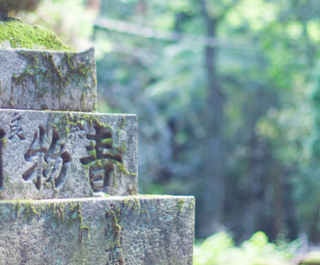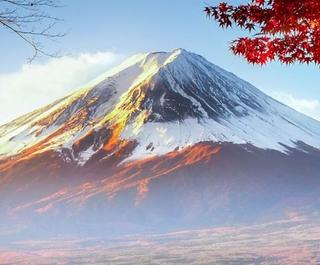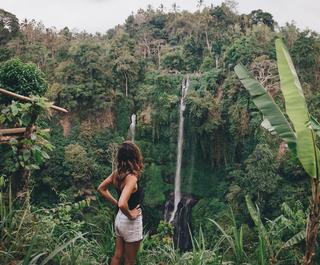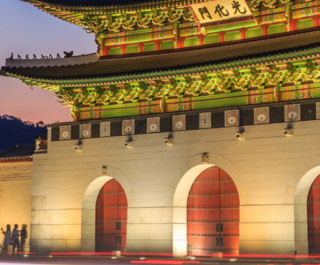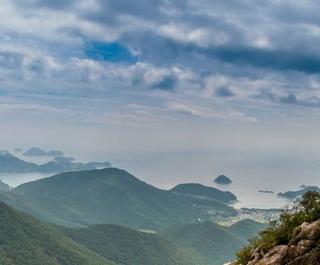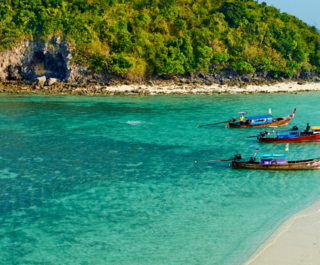
Just across the Andaman Sea from the busy tourist island of Phuket, Krabi is a coastal beach resort which trades on its comparative solitude and simplicity. While Phuket, particularly its main tourist centre Patong, is marked by giant resorts, teeming street markets and hectic nightlife, Krabi is a sleepy region where life unfolds at an easy pace.
Even in its traveller hub, Ao Nang, the atmosphere is pleasantly laid back, with a complete absence of road traffic, hassle from pushy vendors, or thumping bass from rowdy pubs.
Quiet restaurants, bars and coffee shops line the boulevard which runs parallel to Ao Nang’s main beach. Thanks to the lack of crowds and concerted conservation efforts by local authorities, this long, curved strip of sand is pristine, flanked at its southern end by a lofty karst cliff.
Its westerly-facing direction earns Ao Nang beach phenomenal sunsets, which boast a palette of colours ranging from gold through orange and bright pink to a deep purple.
 Find a beach and marvel at the sunset
Find a beach and marvel at the sunset
Beyond Ao Nang, Krabi Province is embellished by isolated coves, wild rainforest and quaint fishing communities.
It is Thailand as many tourists have never experienced it – exotic animals frolic in lush environments, waves crash on empty beaches and communities live in ways which barely have changed from previous generations.
Combined with its quiet roads, this makes Krabi a perfect place to explore by motorbike.
Tourists on motorbikes are a common sight in Phuket. But it is a dangerous place for inexperienced riders due to its dense and wildly unpredictable traffic and many steep, winding roads.
In Krabi, though, there is no such thing as a traffic jam, while the majority of the roads surrounding Ao Nang follow pancake flat routes. While riding a motorcycle is never entirely safe, Krabi is well suited to riders of all experience levels.
 Life unfolds at its own pace in Krabi
Life unfolds at its own pace in Krabi
Take a walk on the green side. The Greener Side To Krabi
Want more on Thailand's unspoilt spots? Paradise Mapped: Thailand’s Unspoilt Islands
Ask your hotel to recommend a motorcycle hire business – there are more than a dozen in Ao Nang alone. Bring your driver’s licence and your passport to the business, select one of their helmets and then pick out a motorbike.
Most of the bikes are automatic which means your only tasks while riding are to steer, accelerate and brake. Anyone who has ridden a bicycle will find the experience familiar.
Standard 125CC “scooter” motorbikes cost about $8 per day, while fuel is very cheap at just $1 per litre and can be bought either at big petrol stations or in one-litre glass bottles at small roadside stalls.
For tourists keen to explore Krabi beyond Ao Nang, hiring a motorbike is easily the cheapest and most convenient option. Public transport is limited in the province, there are few taxis and paying for a driver to ferry you around will add up to at least $80 per day.
 You can best find these quiet, unspoilt beaches by motorbike
You can best find these quiet, unspoilt beaches by motorbike
So strap on your helmet, fire up the engine, and cruise out of Ao Nang into the countryside.
Veer off the main roads roads down gravel tracks to find places untouched by tourism which feel a million miles away from home. Don’t worry about getting lost – Krabi does not have a huge network of roads so you will never be as far away from your hotel as it may seem.
You can ensure that you know exactly where you are and where you are going by visiting any of the countless 7-11 convenience stores. Buy a DTac or Happy sim card for $2.50 along with some phone credit and use Google Maps to direct you through the wilds of Krabi.
Stop at small seaside restaurants to eat fresh crab. Play soccer with children in the village parks. Haggle for silk products in local markets.
Just make sure to ride your motorbike to a beach – any beach – by the time the sun begins to slide behind the horizon. Krabi’s sunsets, like its motorbike adventures, are not to be missed.


